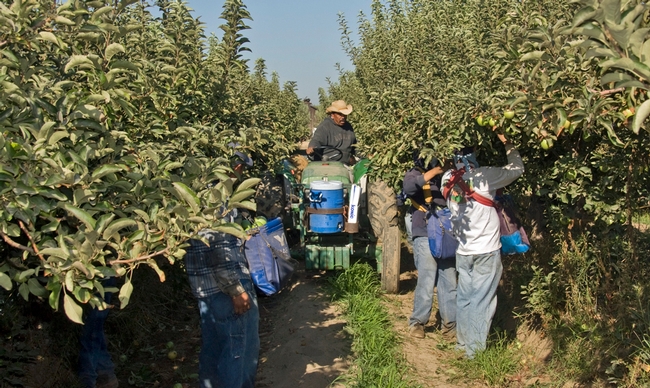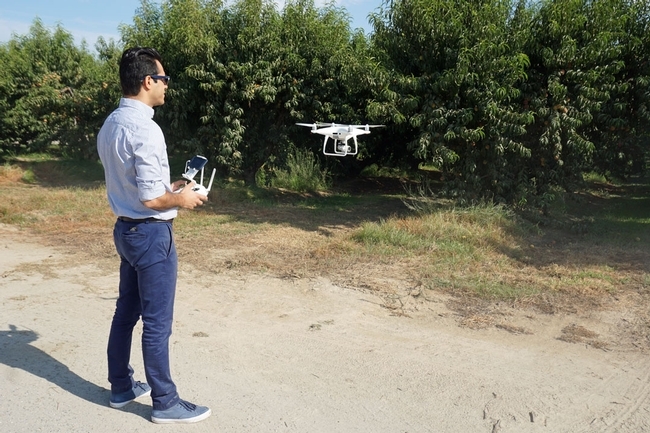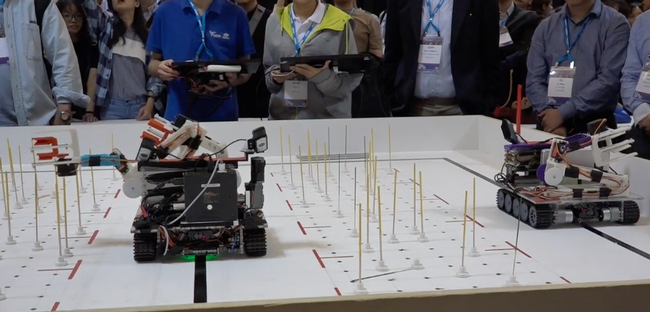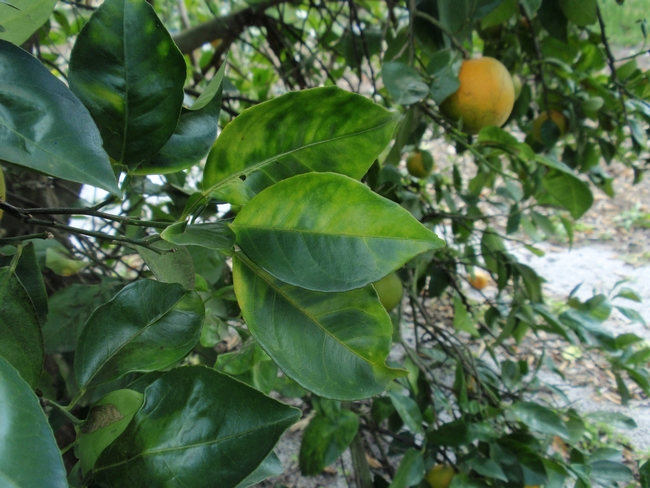
Posts Tagged: Alireza Pourreza
College students to build apple-picking robots in ASABE competition
Nineteen teams of college students from top universities in the U.S., Canada and China will compete to build robots to mechanize farm work at the American Society of Agricultural and Biological Engineers Annual International Meeting in Detroit.
The 2018 ASABE Student Robotics Challenge, being organized by Alireza Pourreza, University of California Cooperative Extension agricultural mechanization specialist, will be held on July 31.
“The labor availability for agriculture is decreasing while the need for more food is increasing to feed the growing world population,” said Pourreza, who is based in the UC Davis Department of Biological and Agricultural Engineering. “So agriculture should switch to technologies that are less labor-dependent, such as using more robots, to overcome this challenge.”
The ASABE Student Robotics Challenge provides an opportunity for undergraduate and graduate students to demonstrate their knowledge and skills of robotics in agriculture.
“The goal of this event is to encourage young agricultural engineers to get involved in building robots for agricultural applications and to get experienced as the next generation of farmers,” Pourreza said.
The challenge will be to simulate the harvest and storage of apples, a crop commercially grown in several states. The students will design and operate robots that will autonomously harvest “apples” on field that measures 8 feet by 8 feet. The robots will harvest eight mature apples (red ping-pong balls), remove and dispose of eight diseased or rotten apples (blue ping-pong balls) and leave eight immature apples (green ping-pong balls) on the tree.
This year, the competitors are being divided into a beginner division and an advanced division.
Beginner Teams
California Polytechnic State University Green and Gold Mustangs
China Agricultural College China Ag, Beginners
McGill University We Are Groots
Purdue ABE Robotics
Purdue Harvestiers
Texas A&M Texas A&M
University of California Merced Bobcats
University of Nebraska Lincoln HuskerBots 2
University of Nebraska Lincoln HuskerBots3
University of Wisconsin River Falls Falcon Robotics
Zhejiang University ZJU team 1
Zhejiang University ZJU team 2
Clemson University CARA
Advanced Teams
China Agricultural College Dream
McGill University Agrobots
University of Georgia UGA Engineers
University of California – Davis Ag-Botics
University of Florida RoboGators
University of Nebraska Lincoln HuskerBots 1
The competition will be held in Cobo Center Exhibit Hall, 1 Washington Blvd., Detroit, Michigan. There will be three rounds throughout the day and each team will participate once in each round.
For more information, visit the 2018 ASABE robotics competition website: https://www.asabe.org/Awards-Competitions/Student-Awards-Competitions-Scholarships/Robotics-Student-Design-Competition.
Video of 2016 competition: https://www.youtube.com/watch?v=U1ymUiCr3Mc
Video of 2017 competition: https://vimeo.com/250379863
New Huanglongbing detection process wins UC advisor international prize
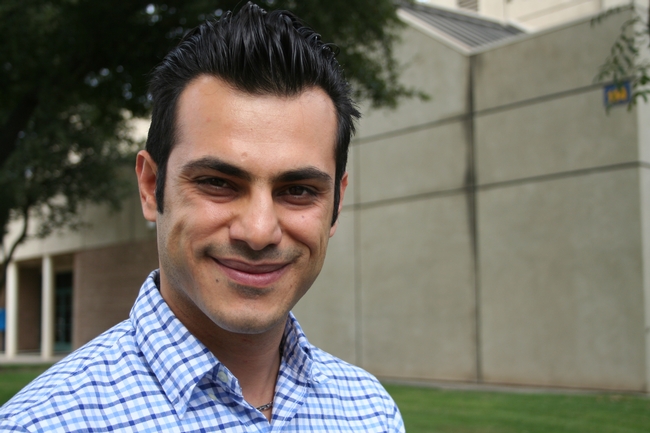
Pourreza, who earned his Ph.D. at the University of Florida in 2014, worked on early detection of Huanglongbing disease of citrus. Huanglongbing, an incurable disease that is spread by Asian citrus psyllid, has seriously impacted citrus production in Florida. The disease has been found in commercial and residential sites in all counties with commercial citrus.
Early detection allows growers to remove infected trees before the disease can spread to healthy trees. Currently HLB infection is confirmed when leaves with yellowing and blotches are submitted for PCR testing, which is expensive and time consuming. However, the yellowing can be also symptomatic of other conditions, such as nutrient deficiency.
“We discovered we could see the symptoms of Huanglongbing using a camera, a set of cross-polarizers and narrow band lighting before it is visible to the human eye,” Pourreza said.
He said the yellow blotches on HLB-infected leaves are caused by starch accumulation.
“If we could detect abnormal levels of starch in the leaf, we could tell it is affected with HLB,” Pourreza said. “Starch showed the ability to rotate the polarization plane of light. We used this optical characteristic to develop the sensing methodology.”
Pourreza said the team has patented the technique and is working on developing a commercial product. He is seeking funding to continue the research in California, where, to date, HLB has only been detected in isolated Los Angeles neighborhoods. Asian citrus psyllid is found in important California commercial citrus production regions from the Mexican border to as far north as Placer County.
Pourreza is based at the UC Kearney Agricultural Research and Extension Center in Parlier.

